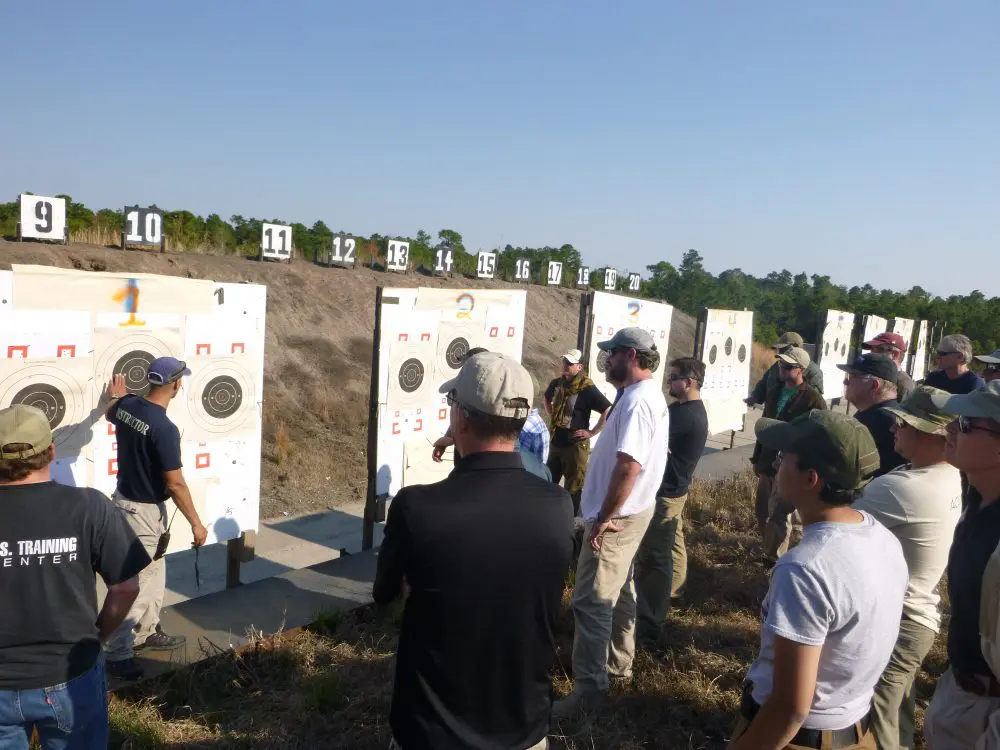A poll conducted by YouGov in May found that 41% of Americans and 51% of Democrats favor outlawing public speech that would “stir up hatred” against certain groups of people. The idea was opposed by 37% of Americans in general and 26% of Democrats. That’s right—the majority (by a nearly two-to-one margin) of Democrats surveyed want people who say unpleasant things about others to be forcibly apprehended by armed government enforcers and imprisoned.
This poll came right on the heels of an attack by two Islamic extremists on a Prophet Mohammed cartoon contest in Garland, Texas. Both jihadis, equipped with body armor and armed with semi-automatic detachable magazine-fed rifles—the dreaded “assault weapons”—were killed by one cop with a handgun (and apparently nerves of steel) before they could manage anything more than shooting one unarmed infidel security guard in the ankle.
That incident prompted CNN anchor Chris Cuomo to announce on Twitter that “hate speech” is excluded from Constitutional protection, and urged us not to just say that we love the Constitution, but to read it, too.
By that, he must mean we should read his version of the Constitution—the one that says “hate speech” is not protected free speech—because that provision is notably absent from the original version. A journalist who wants free speech limited! The watchdog media ain’t what it used to be…
Fox News commentator Megyn Kelly covered this and other media condemnation—condemnation not of the attempted massacre, but of the cartoon contest. In that segment, she asked UCLA Constitutional law Professor Eugene Volokh if cartoons that offend the Muslim community are Constitutionally protected free speech. Volokh made it quite clear that not only is such speech indeed protected by the First Amendment, but it also has real value—value in large part specifically because it offends, and provokes some to call for banning it.
The value of such speech, offensive as it may be, lies in the fact that it is an act of defiance against those who demand we sacrifice our right to say whatever we wish and offend whomever we wish. Free speech protection that protects only inoffensive speech would be worthless, because speech that offends no one (if there is any such speech) needs no such protection.
Furthermore, since any political or social commentary of significance is going to offend someone, one could argue that offensive speech is the only speech with real social value.
Right after the First Amendment comes another that also draws a great many calls from self-styled “progressives” and many of the same media talking heads for new limitations on it. A few favorite targets of these advocates of infringements on that which shall not be infringed are “assault weapons,” the “high-capacity” magazines that feed them, and .50-caliber rifles.
Such arms are too powerful for private citizens, we are told, and allow one to kill too many, too easily, too quickly. They are, in other words, too effective in a conflict situation. We don’t “need” such firearms for hunting deer, they tell us, as if hunting were the only legitimate use for firearms.
That thinking ignores the fact that the security of a free state will never be threatened by deer or other game animals. That threat will come in the form of foreign invaders or of our own government after it finishes the job of completely slipping the leash of the Constitutional limits on its power.
When that happens, the American people will need these “weapons of war,” as their detractors call them, because fighting a war is precisely what will be needed to preserve liberty. The weapons’ offensive capabilities, which the gun ban zealots claim are the reason the guns need to be banned, are the very capabilities that will make them vital for going on the offensive against a government gone rogue.
Vice President Biden’s beloved double-barrel shotguns, which he and other Democrats have promised will never be banned, would of course be better than nothing in a fight with the government’s oath-breaking hired muscle, but that would certainly not be a fight anyone would relish.
So just as inoffensive speech neither needs Constitutional protection nor is likely to advance society in any useful direction, firearms not readily suited for conflict are both unlikely to need the protection of the Second Amendment and unlikely to be of much utility to a people desperately fighting for their freedom.
It should surprise no one that there is a great deal of overlap between those who advocate restrictive limits on speech and those who similarly want private citizens’ access to useful firepower curtailed. Both limits serve the same purpose. Both foster a meek, compliant populace that not only cannot resist government’s excesses but can hardly even imagine doing so.
Defending the right of the Westboro Baptist Church to spew their hateful filth, or the Klan to spew theirs, is not to defend the vileness of their messages. Similarly, defending the right of the people to own powerful firearms is not to defend the use of such firearms for slaughtering schoolchildren.
The expression “freedom isn’t free” is more than the trite bumper sticker slogan it became when the merits of invading Iraq were being hotly debated. Freedom does indeed have its costs. The cost of not paying that price, though, is more than any American should be willing to spend.
To paraphrase an old saying for children, “Sticks and stones may break a tyrant’s hired muscles’ bones, but an AR-15 is a lot more effective, and words, if they’re harsh enough, might goad him into making his evil apparent to even the most blindly oblivious.”
Catchy, eh?
A former paratrooper, Kurt Hofmann was paralyzed in a car accident in 2002. The helplessness inherent to confinement to a wheelchair prompted him to explore armed self-defense, only to discover that Illinois denied that right. This inspired him to become active in gun rights advocacy.






